Ever wondered what’s up with those adorable, oversized guinea pigs you’ve seen all over social media? Well, buckle up, because we’re about to dive into the fascinating world of capybaras – nature’s chill, waterlogging masters of relaxation.
Meet the Capybara: Your New Favorite Animal
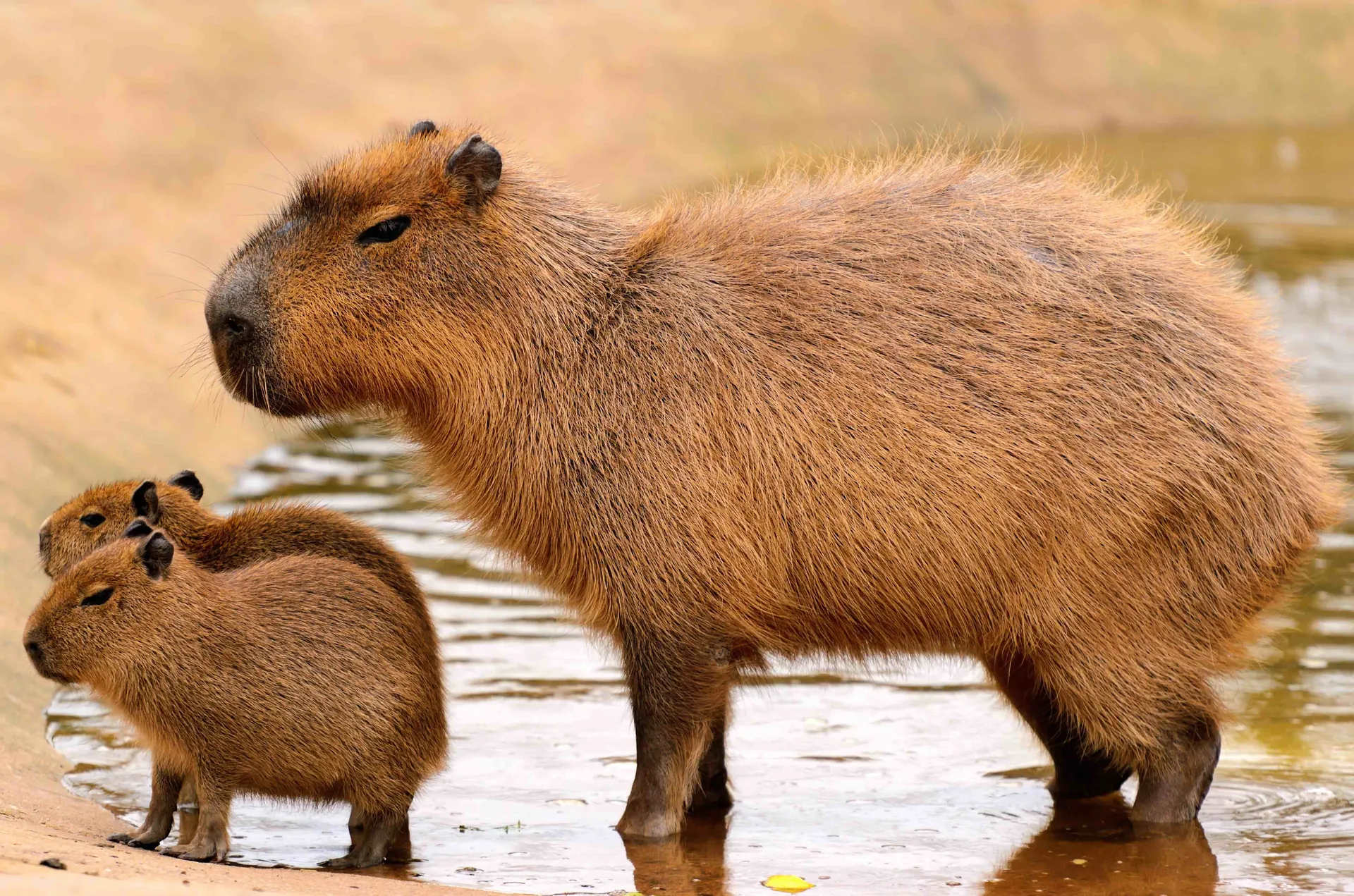
Capybaras are the world’s largest rodents, and let me tell you, they’re absolute units. Picture a guinea pig that hit the gym, grew to the size of a medium dog, and decided to live its best life by the pool. That’s a capybara for you.
These chunky boys can weigh up to 150 pounds and grow to be about 4 feet long. They’re like the SUVs of the rodent world – big, sturdy, and surprisingly agile in water.
The Capybara Lifestyle: Chillin’ by the Water
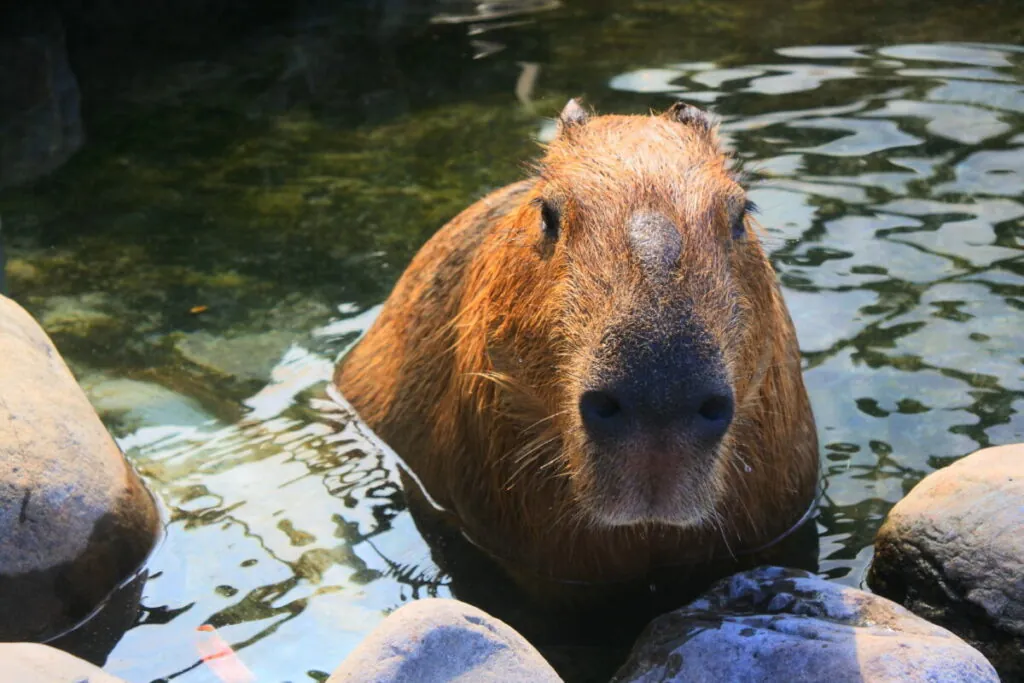
If you’re looking for life inspiration, look no further than the capybara. These guys have got it figured out:
- Hang out by the water
- Eat plants
- Repeat
Capybaras are semi-aquatic, which means they spend a ton of time in and around water. They’re found near lakes, rivers, and marshes in South America, living their best lives in countries like Brazil, Venezuela, and Colombia.
Capybara Superpowers: Built for the Aquatic Life
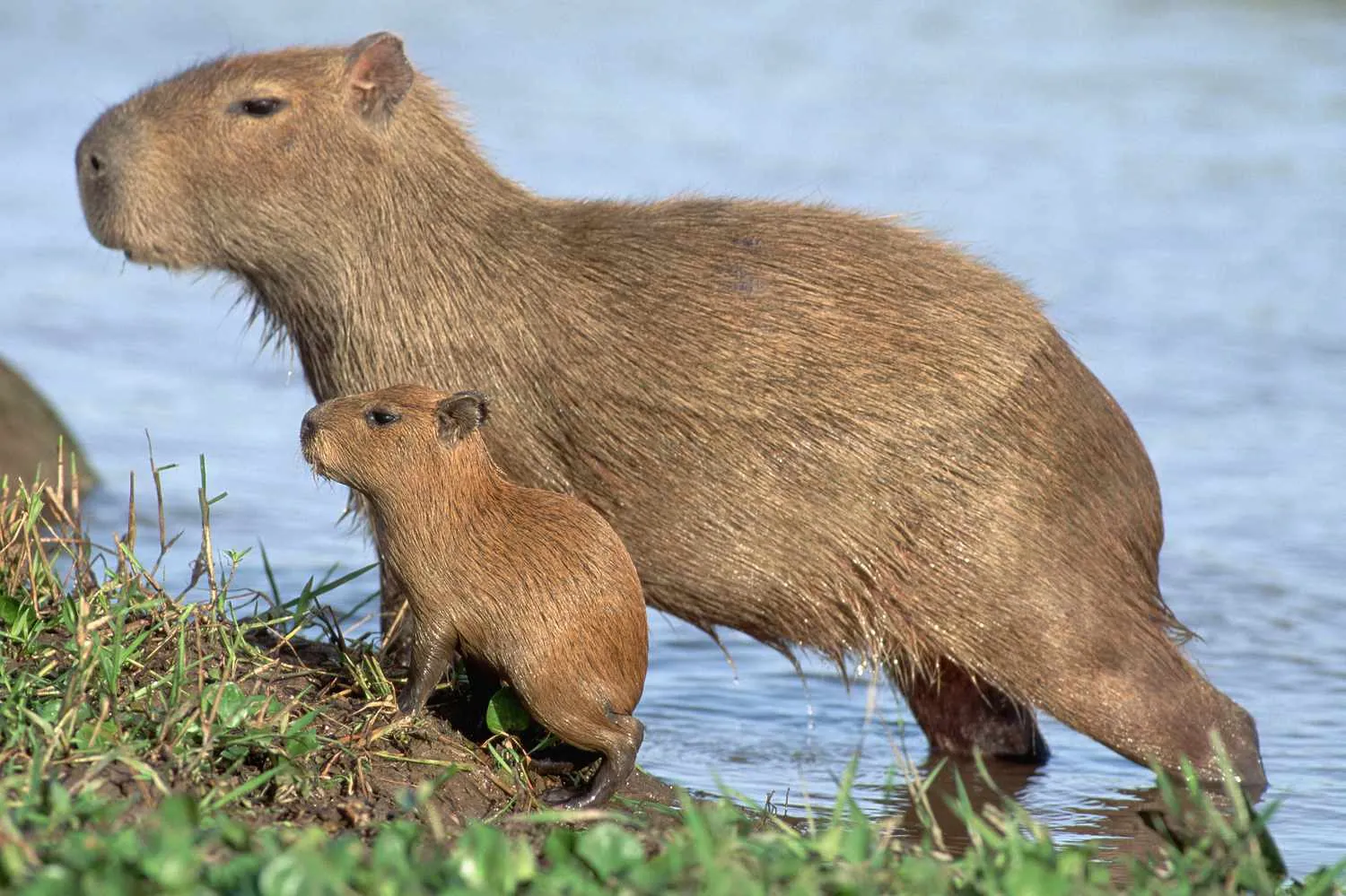
Now, you might be thinking, “How does a giant rodent become a swimming champion?” Well, capybaras have some pretty cool adaptations:
- Webbed feet: Perfect for paddling around like a furry Michael Phelps
- Eyes, ears, and nostrils on top of their heads: Ideal for peeking above water while staying mostly submerged
- Ability to hold their breath for up to 5 minutes: Makes for some epic hide-and-seek games
The Capybara Diet: Veggie Lovers Unite
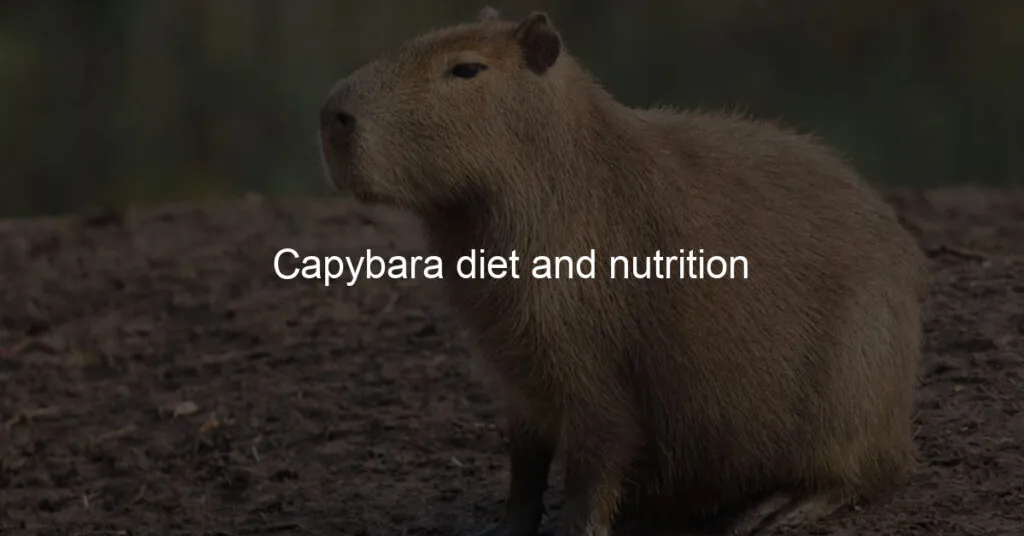
Capybaras are strict herbivores, which means they’re all about that plant-based life. Their daily menu includes:
- Grass (lots of it)
- Aquatic plants
- Bark
- Fruits
These hungry hippos can chow down on 6-8 pounds of grass per day. That’s like eating 24 Big Macs, but way healthier.
Capybara Social Life: Squad Goals
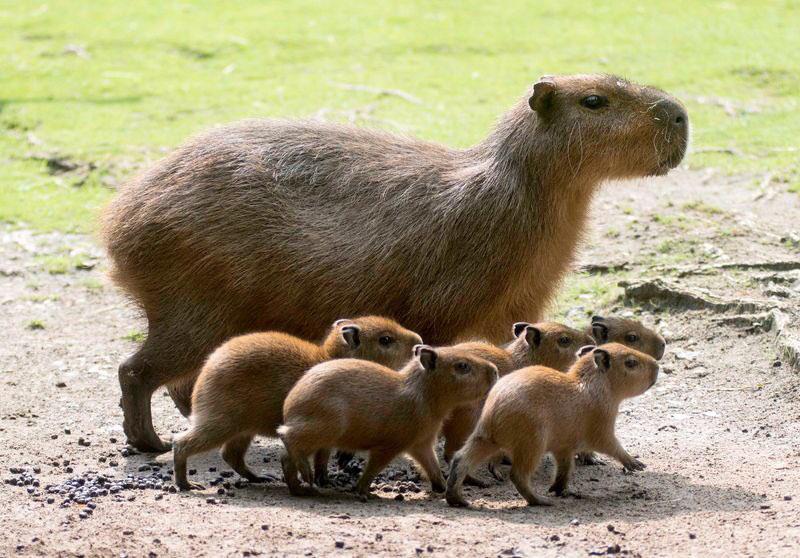
Here’s where capybaras really shine – they’re incredibly social animals. They live in groups called herds, which can range from 10-40 individuals. Imagine having that many friends to hang out with by the pool!
These social butterflies are known for being super chill around other animals too. You’ve probably seen those viral videos of capybaras lounging with ducks, cats, or even crocodiles. They’re like the zen masters of the animal kingdom.
The Capybara’s Secret Weapon: Coprophagy
Alright, brace yourself for this one. Capybaras have a… unique dietary habit. They eat their own poop. I know, I know, but hear me out:
- It’s called coprophagy
- It helps them digest tough plant material
- It’s a way to get more nutrients from their food
So next time someone calls you gross, just tell them you’re being efficient like a capybara.
Capybara Fun Facts: Impress Your Friends
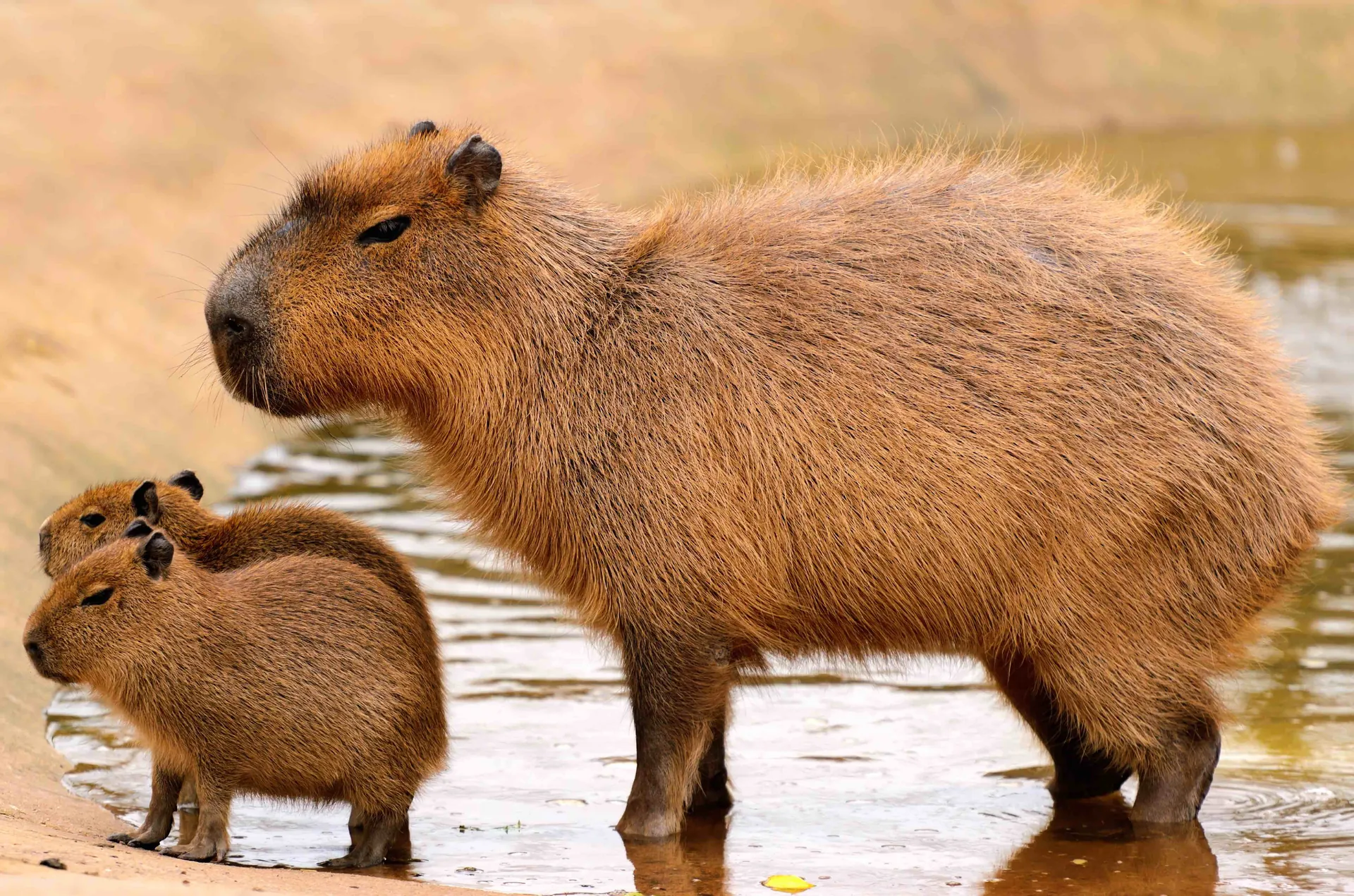
Want to be the life of the party? Drop these capybara facts:
- Capybaras can sleep in water, keeping just their noses above the surface
- They’re related to guinea pigs and rock cavies
- Baby capybaras are called pups, and they can swim from birth
- Capybaras have been known to babysit each other’s young
- Their name comes from the Tupi language and means “grass eater”
The Capybara’s Place in the Ecosystem
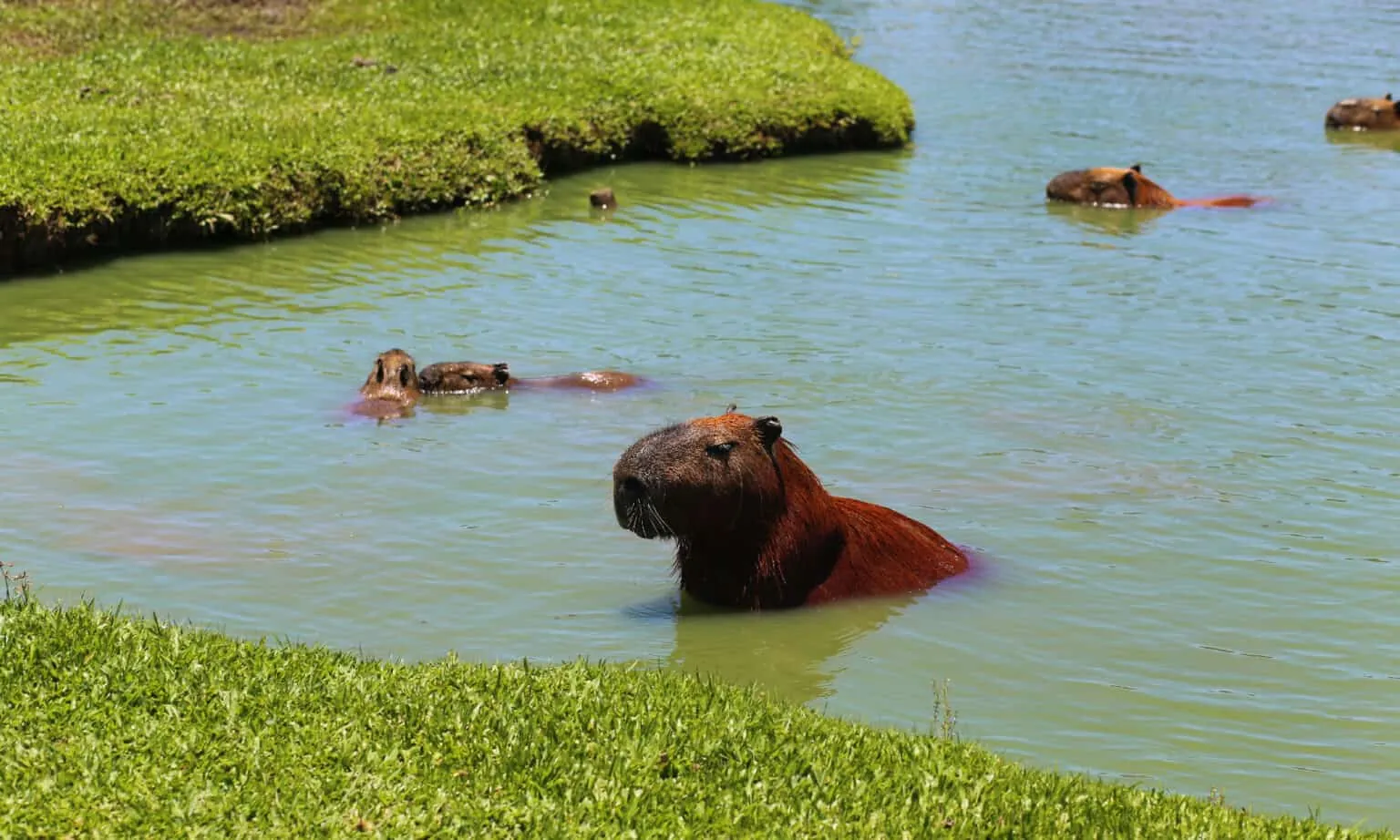
Capybaras play a crucial role in their habitats:
- They’re a food source for predators like jaguars, anacondas, and caimans
- Their grazing helps control vegetation growth
- They create paths through dense vegetation, benefiting other species
Capybaras and Humans: A Complicated Relationship
Humans and capybaras have a bit of a love-hate thing going on:
- In some areas, they’re hunted for their meat and hide
- They can be considered pests when they munch on crops
- But they’re also becoming popular as exotic pets (though that’s a whole other can of worms)
Conservation: Keeping Capybaras Chill
While capybaras aren’t currently endangered, they do face some threats:
- Habitat loss due to deforestation and agriculture
- Hunting in some areas
- Climate change affecting their wetland habitats
Conservation efforts are crucial to ensure these lovable giants stick around for future generations to enjoy.
FAQs: Everything You Ever Wanted to Know About Capybaras
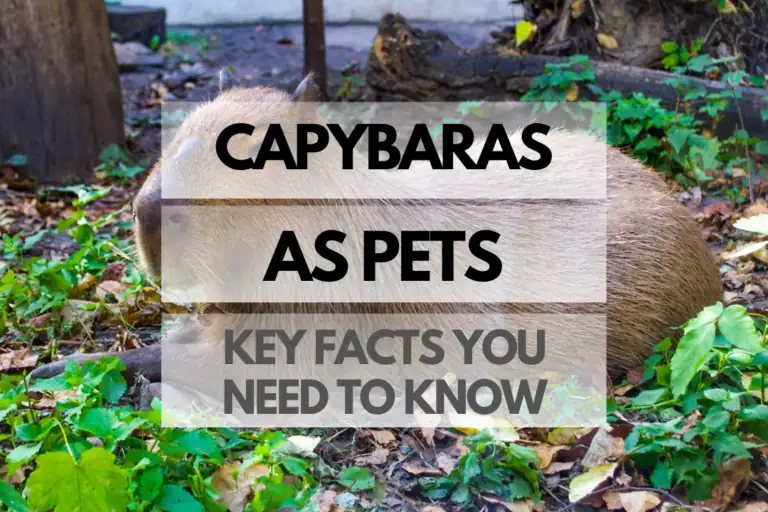
Q: Are capybaras rodents?
A: Yep, they’re the largest living rodents in the world.
Q: Can capybaras be pets?
A: While they’re adorable, capybaras have complex needs and aren’t suitable pets for most people. They need lots of space, water, and social interaction.
Q: Do capybaras bite?
A: They can, but they’re generally peaceful animals. Like any wild animal, they should be respected and given space.
Q: How long do capybaras live?
A: In the wild, they can live up to 10 years. In captivity, they might reach 12 years.
Q: Are capybaras endangered?
A: Currently, capybaras are not considered endangered. However, they face threats from habitat loss and hunting in some areas.
Wrapping Up: Why Capybaras are Nature’s Chill Champions
So, what is a capybara? They’re nature’s ultimate chill pill – a giant, semi-aquatic rodent that’s mastered the art of relaxation. From their impressive swimming skills to their social nature, capybaras are truly one-of-a-kind creatures.
Next time you’re feeling stressed, take a page out of the capybara playbook: find your squad, hang out by the water, and munch on some veggies. Just maybe skip the whole eating-your-own-poop thing.
Remember, in a world full of stress and chaos, be like a capybara – keep it cool, stay social, and always be ready for a swim.
